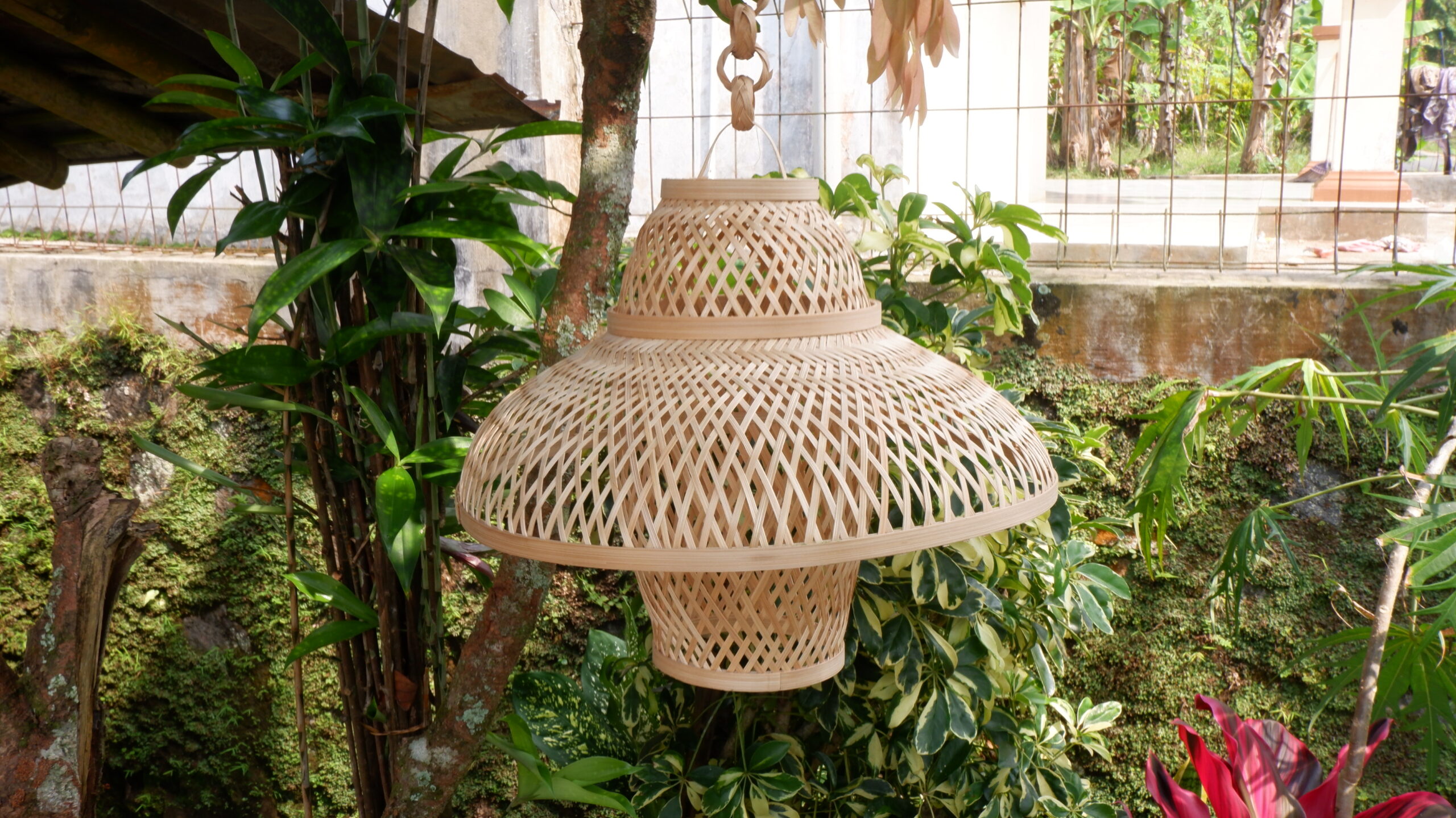Bamboo, often referred to as the “green gold” of the plant kingdom, is a versatile and fast-growing resource with immense potential. Proper bamboo plant management can unlock significant economic value while promoting environmental sustainability. From furniture and construction to handicrafts and textiles, bamboo is reshaping industries with its durability, flexibility, and eco-friendliness.
Daftar Isi
ToggleUnderstanding Bamboo Plant Management
Bamboo plant management involves the cultivation, harvesting, and utilization of bamboo in a way that maximizes its benefits while maintaining ecological balance. This includes proper planting techniques, regular maintenance, sustainable harvesting practices, and efficient processing methods. With more than 1,200 species of bamboo globally, choosing the right species for specific applications is crucial for achieving both economic and environmental goals.
Benefits of Bamboo Plant Management
- Environmental Advantages: Bamboo is a renewable resource that grows rapidly, often reaching maturity in 3-5 years. It absorbs carbon dioxide and releases oxygen at a higher rate than most trees, making it an excellent choice for combating climate change. Additionally, its dense root system helps prevent soil erosion and improve soil quality.
- Economic Benefits: Bamboo plant management creates jobs in agriculture, manufacturing, and design sectors. Communities engaged in bamboo farming can generate income from the sale of raw bamboo, processed materials, or finished products. This sustainable practice also attracts investments in green industries.
- Versatile Applications: Bamboo’s flexibility and strength make it suitable for diverse uses. It is used in construction for scaffolding and flooring, in furniture for creating modern designs, and in handicrafts for intricate decor pieces. Sustainable bamboo management ensures a steady supply for these industries without depleting natural resources.
Bamboo and Economic Opportunities
1. Construction Industry:
Bamboo’s lightweight yet durable structure has made it a popular material in construction. It’s used for building houses, bridges, and other structures, especially in regions prone to earthquakes.
2. Furniture and Home Décor:
Bamboo furniture is gaining popularity for its elegance and sustainability. Items such as chairs, tables, and decorative wall panels made from bamboo are in high demand, especially in eco-conscious markets.
3. Handicrafts and Textiles:
Artisans around the world use bamboo to create beautiful handicrafts such as baskets, vases, and lamps. Bamboo fibers are also processed into textiles, offering an eco-friendly alternative to traditional fabrics.
4. Paper and Packaging:
Bamboo is an excellent source of pulp for paper production. With the rise of eco-friendly packaging, bamboo-based products are replacing plastic, creating new business opportunities.
5. Energy Production:
Bamboo can be converted into biomass energy, providing a renewable energy source that reduces reliance on fossil fuels.
Conclusion
Bamboo plant management is more than just an agricultural practice; it is a gateway to economic growth and environmental sustainability. By implementing sustainable practices, industries can harness bamboo’s full potential while preserving ecosystems. From construction and furniture to handicrafts and energy, bamboo proves that nature can be both beautiful and profitable. Governments, businesses, and communities must collaborate to promote bamboo plant management, turning this renewable resource into a cornerstone of the green economy.
If you’re looking for elegant and sustainable bamboo hampers boxes, Kaifacraft offers beautifully crafted options that are perfect for gifts or storage. Reach out to Kaifacraft today and discover how bamboo can elevate your lifestyle with eco-friendly products.





